
Just seven miles south of Edinburgh, in the quiet village of Roslin, stands one of Scotland’s most enigmatic and intricately carved buildings: Rosslyn Chapel. With its ornate stonework, centuries-old legends, and modern pop culture fame, Rosslyn is a place where history and mystery intertwine. Whether you’re drawn by its medieval craftsmanship, its rumored ties to the Knights Templar, or its starring role in Dan Brown’s The Da Vinci Code, Rosslyn Chapel offers a journey into Scotland’s spiritual and symbolic heart.
🏰 Origins: Who Built Rosslyn Chapel and Why?
Rosslyn Chapel was founded in 1446 by Sir William St Clair, 1st Earl of Caithness and a member of the powerful Sinclair family. The Sinclairs were of Norman descent and had risen to prominence in Scotland through land grants and royal favor. Sir William intended Rosslyn to be a collegiate church, where priests would pray for the souls of his family in perpetuity—a common practice among noble families seeking spiritual security.
Originally dedicated to St. Matthew, the chapel was never completed to its full intended scale. What stands today is the choir and part of the transepts, but even this partial structure is a masterpiece of medieval stonework. Every inch of the interior is covered in carvings—angels, demons, biblical scenes, pagan symbols, and motifs whose meanings are still debated.
🧱 Architecture: A Symphony in Stone
Rosslyn Chapel’s architecture is a blend of Gothic and Renaissance styles, but its true uniqueness lies in its carvings. The most famous features include:
- The Apprentice Pillar: A spiraling column said to have been carved by an apprentice who was later murdered by his jealous master. The tale is immortalized in carvings of the master and apprentice’s faces.
- Green Men: Over 100 carvings of these pagan fertility symbols are scattered throughout the chapel, suggesting a fusion of Christian and pre-Christian beliefs.
- Musical Cubes: A series of 213 stone cubes protruding from the arches, believed by some researchers to encode musical notes—possibly forming a hidden hymn.
The sheer density and diversity of the carvings have led scholars, mystics, and conspiracy theorists alike to speculate on hidden meanings, secret knowledge, and esoteric traditions embedded in the stone.
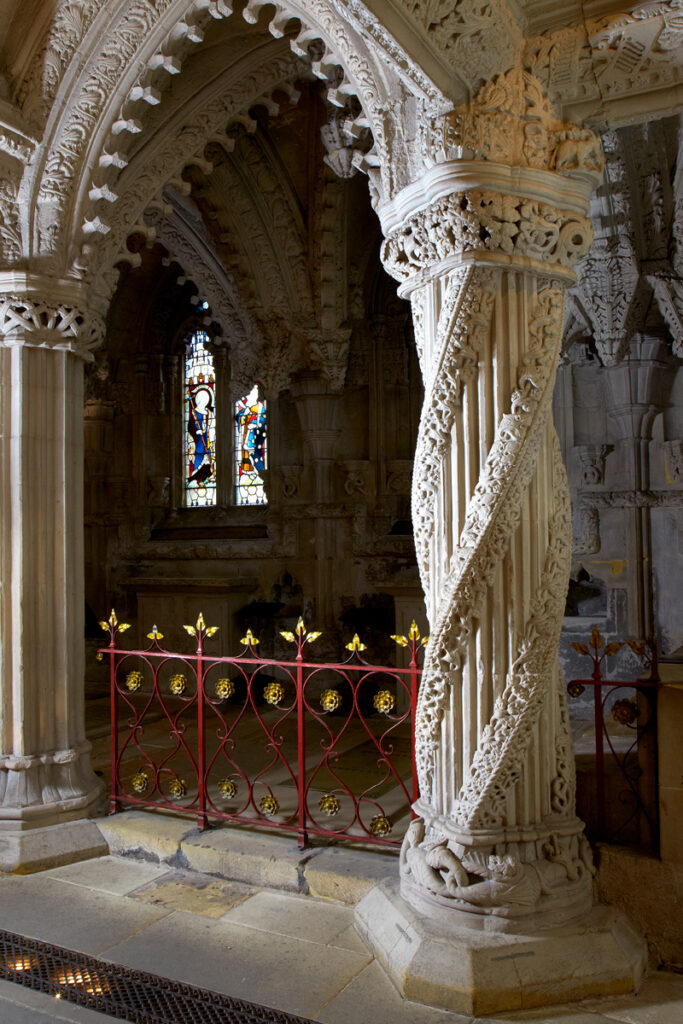
🛡️ The Knights Templar and Masonic Lore
Rosslyn Chapel has long been associated with the Knights Templar, the medieval military order that was disbanded in the early 14th century. Though there is no direct historical evidence linking the Templars to Rosslyn, the Sinclair family has deep ties to Freemasonry, which itself claims spiritual descent from the Templars.
- The Sinclairs were Hereditary Grand Masters of Scottish Freemasonry, and Rosslyn’s carvings include symbols later adopted by Masonic traditions.
- Legends suggest that Templar treasure or even the Holy Grail may be hidden beneath the chapel, possibly in a sealed crypt beneath the floor.
- The chapel’s alignment, geometry, and iconography have been interpreted as part of a sacred architectural code—though mainstream historians caution against reading too much into these theories.
Whether myth or metaphor, the Templar connection adds a layer of intrigue that continues to draw seekers and skeptics alike.
🎬 Pop Culture Spotlight: The Da Vinci Code
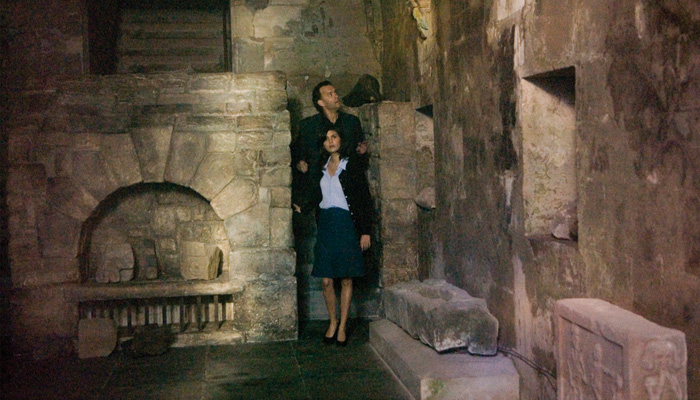
Rosslyn Chapel gained international fame in 2003 with the publication of Dan Brown’s bestselling novel The Da Vinci Code, and even more so with the 2006 film adaptation starring Tom Hanks as Robert Langdon.
In the story, Rosslyn is portrayed as the final resting place of the Holy Grail, not as a chalice but as the bloodline of Jesus Christ. The chapel’s carvings, crypts, and mysterious aura make it the perfect setting for the climax of the narrative.
While the chapel’s custodians were initially cautious about the attention, the surge in visitors helped fund extensive restoration work. Today, Rosslyn welcomes thousands of tourists each year, many inspired by the book and film to explore its real-life mysteries.
🏘️ Roslin and Surrounding Communities
The village of Roslin is a peaceful community with a rich history. Beyond the chapel, visitors can explore:
- Roslin Glen Country Park: A scenic woodland area with walking trails, waterfalls, and the ruins of Roslin Castle, the ancestral home of the Sinclairs.
- Roslin Institute: A world-renowned research center where Dolly the sheep, the first cloned mammal, was created in 1996.
- Penicuik and Loanhead: Nearby towns with their own historical and industrial heritage, offering local pubs, shops, and access to the Midlothian countryside.
These communities form a vibrant part of Midlothian, blending rural charm with scientific innovation and cultural depth.
🛡️ Scottish Clans of the Region
While the Sinclairs are the dominant clan associated with Roslin, the surrounding region has connections to other notable Scottish clans:
- Clan Douglas: One of Scotland’s most powerful medieval families, with strongholds throughout the Lothians.
- Clan MacDougall and Clan MacLellan: Though more prominent in western Scotland, members of these clans had ties to the region through marriage and landholding.
- Clan Scott: With roots in the Borders, the Scotts were influential in nearby Edinburgh and Midlothian.
These clans shaped the political and cultural landscape of the region, and their legacies are still visible in local place names, architecture, and traditions.
Final Thoughts
Rosslyn Chapel is more than a building—it’s a symbol. A place where faith, art, legend, and curiosity converge. Whether you come seeking spiritual insight, historical knowledge, or simply to marvel at its craftsmanship, Rosslyn offers an experience that lingers long after you leave.
From the ambitions of the Sinclairs to the whispers of the Templars, from medieval devotion to modern mystery, Rosslyn Chapel stands as a testament to the enduring power of story—and the human desire to find meaning in stone.
Sources:
- Rosslyn Chapel Trust
- Historic Environment Scotland
- National Records of Scotland: Sinclair Family Archives
- VisitScotland: Roslin and Midlothian
- The Da Vinci Code by Dan Brown (2003)
- The Da Vinci Code (2006), directed by Ron Howard, starring Tom Hanks


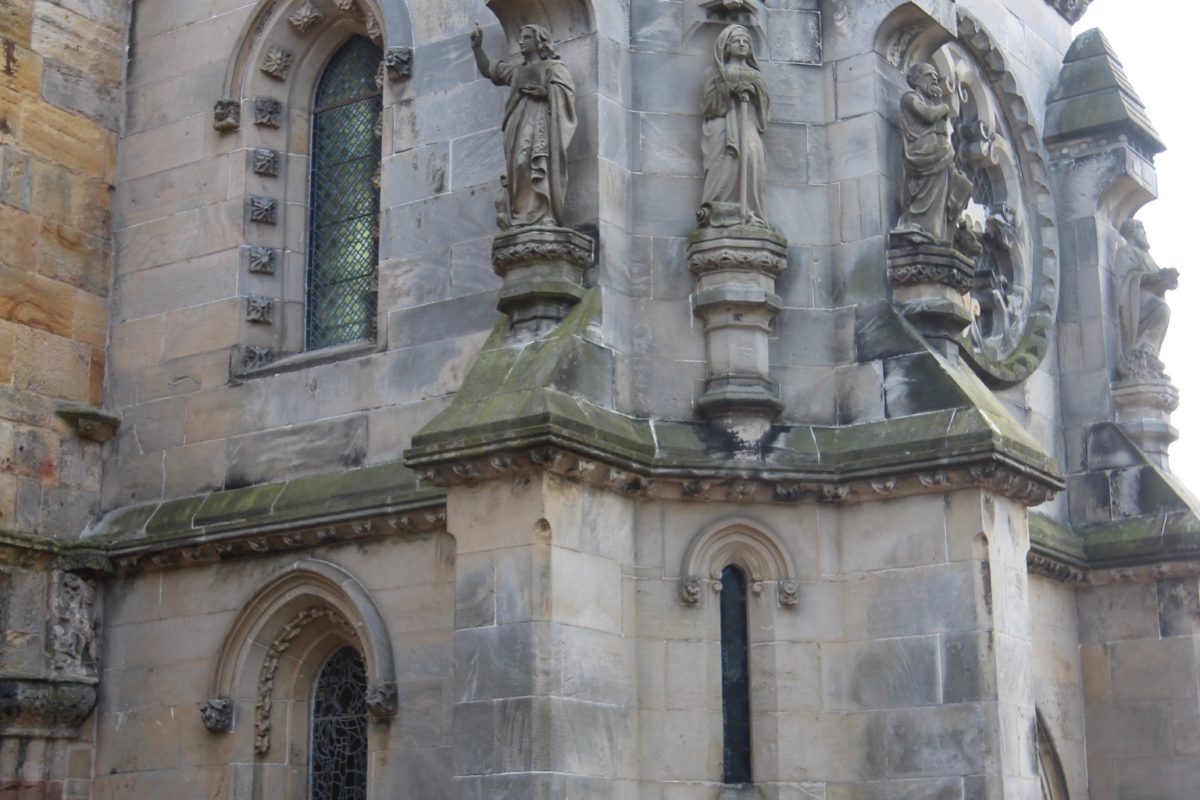
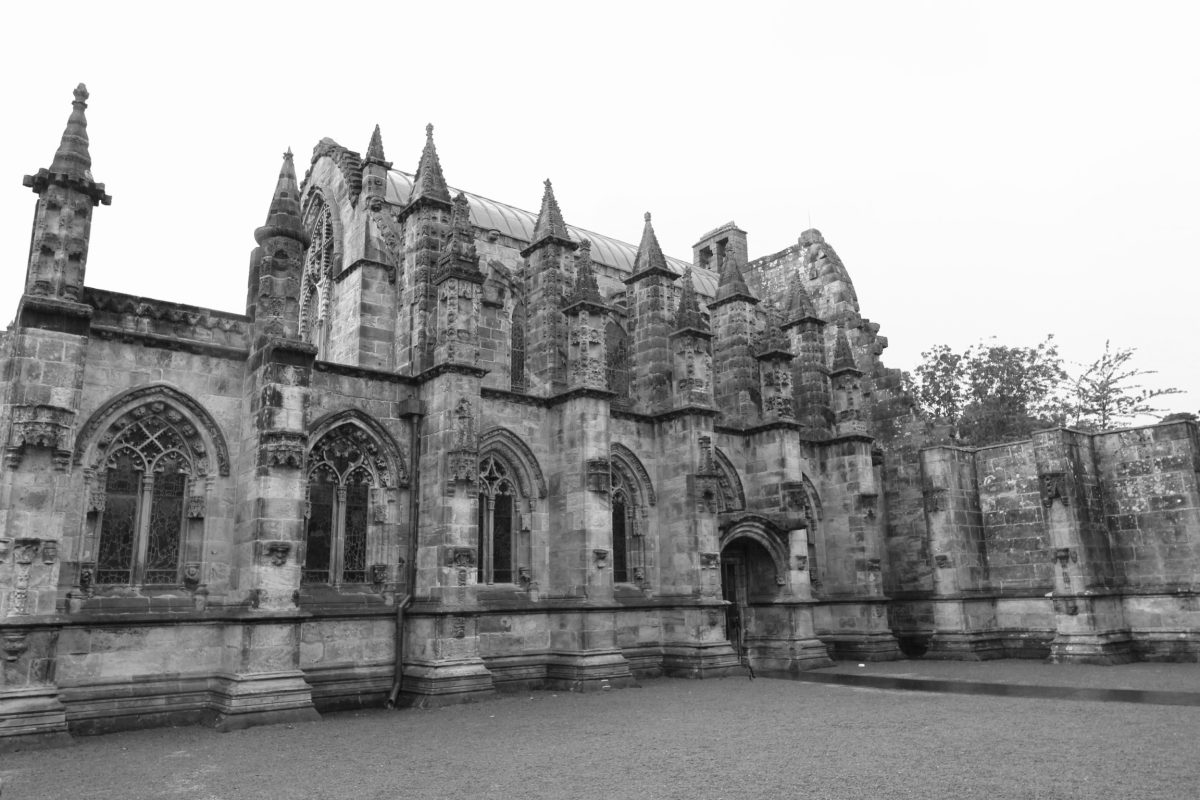
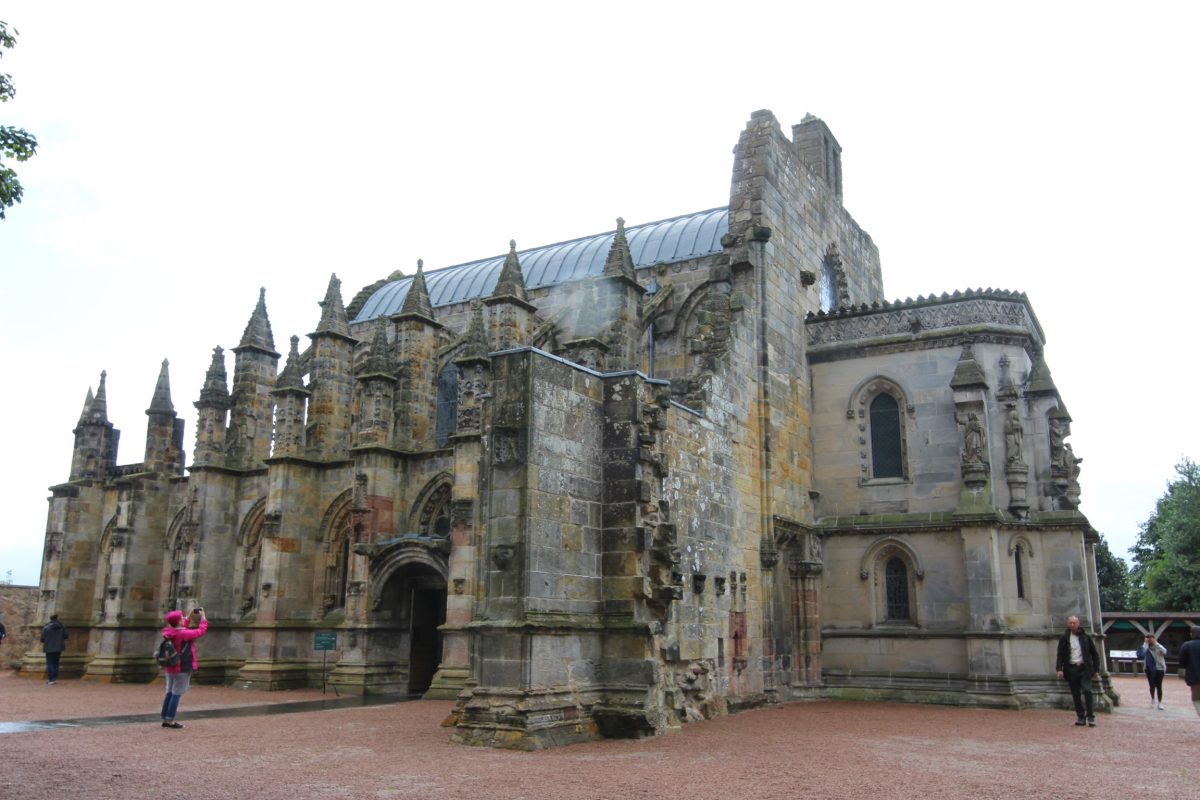
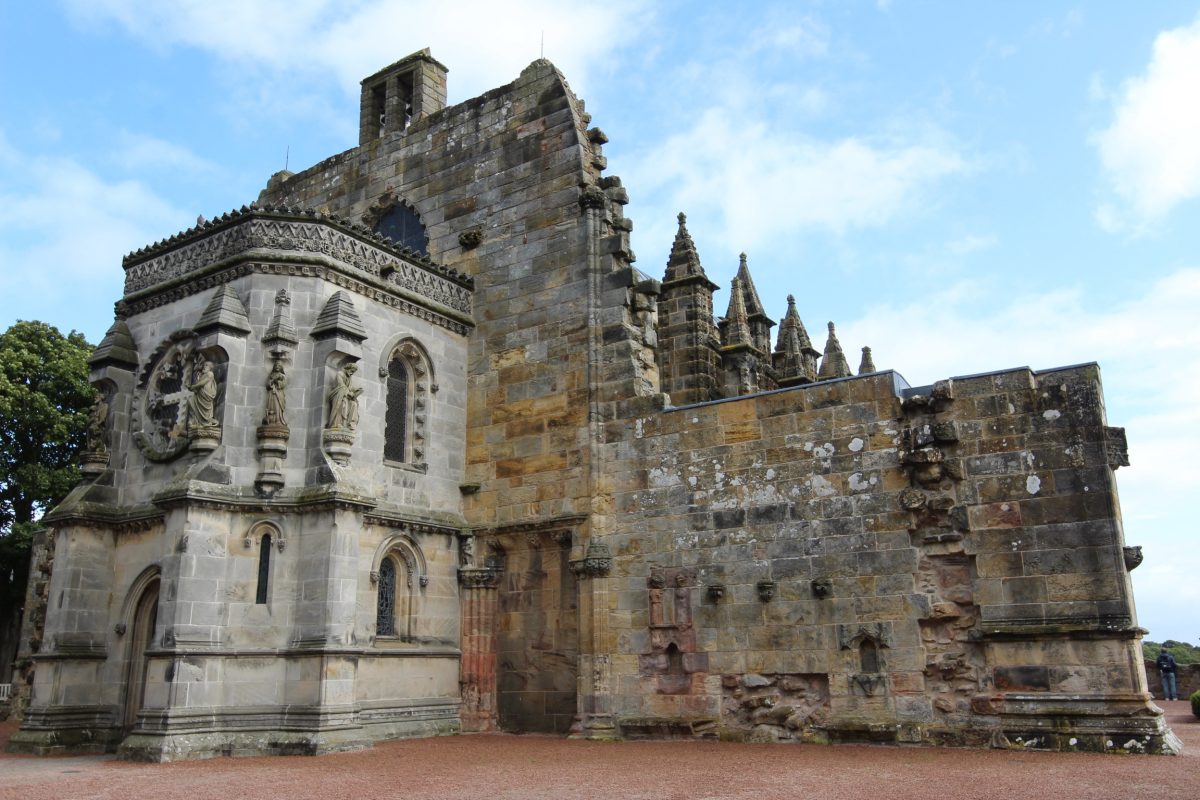
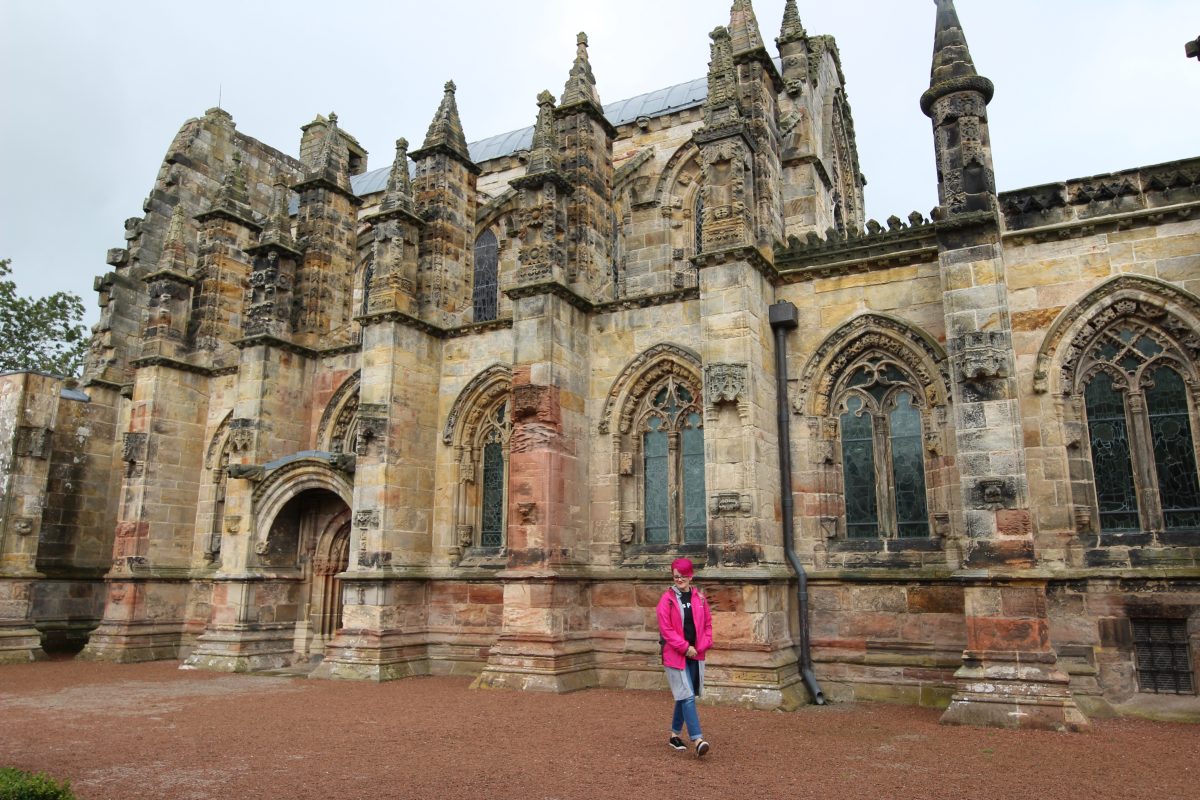
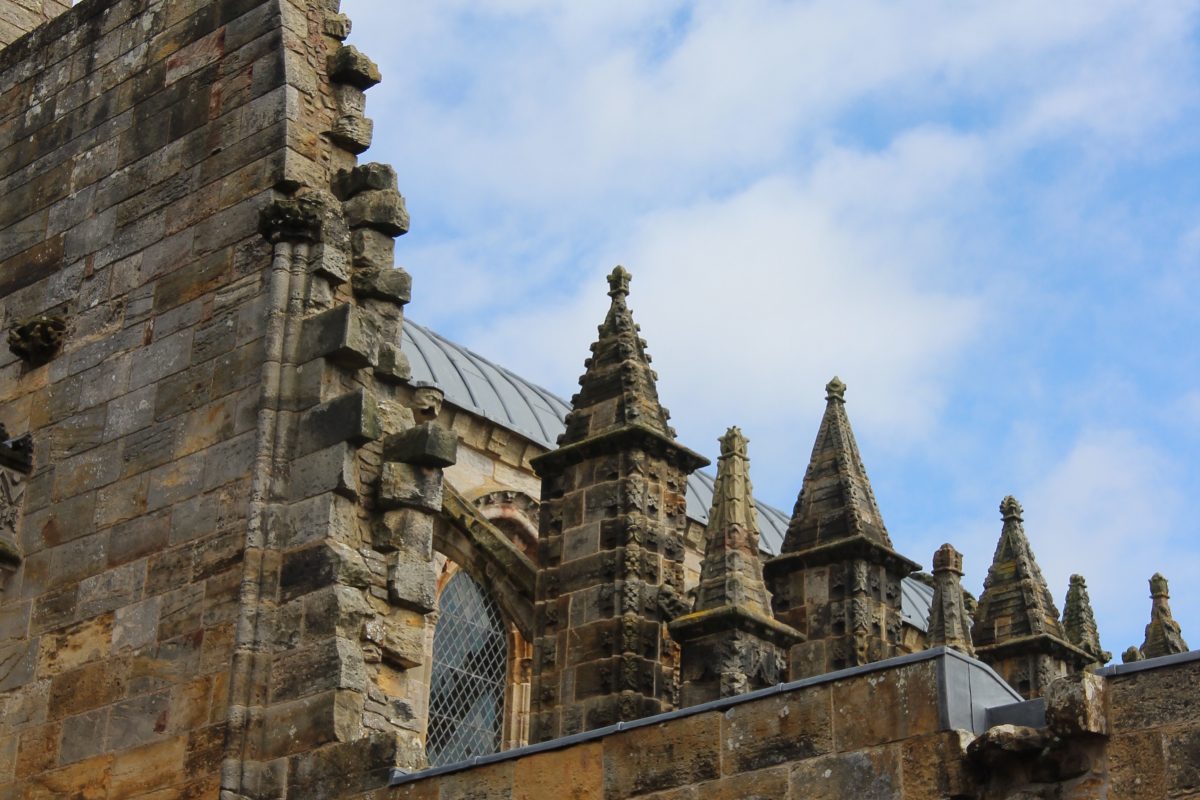
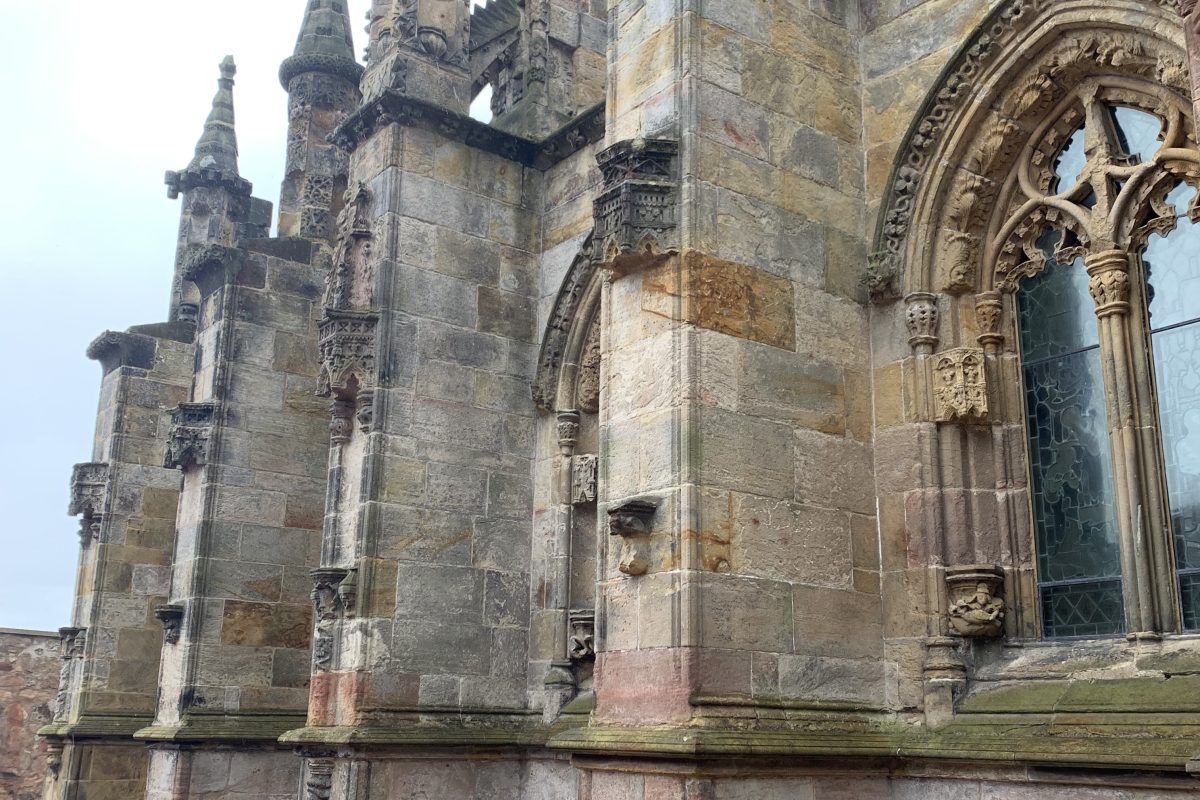
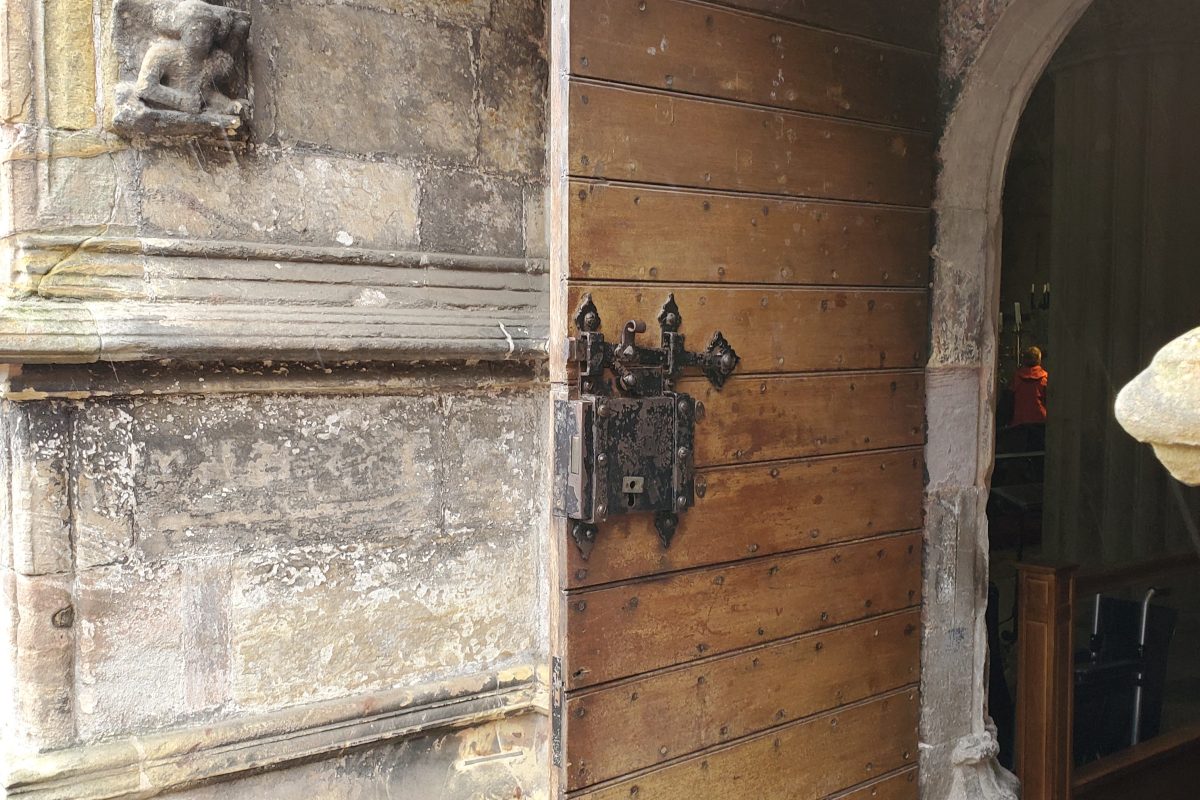
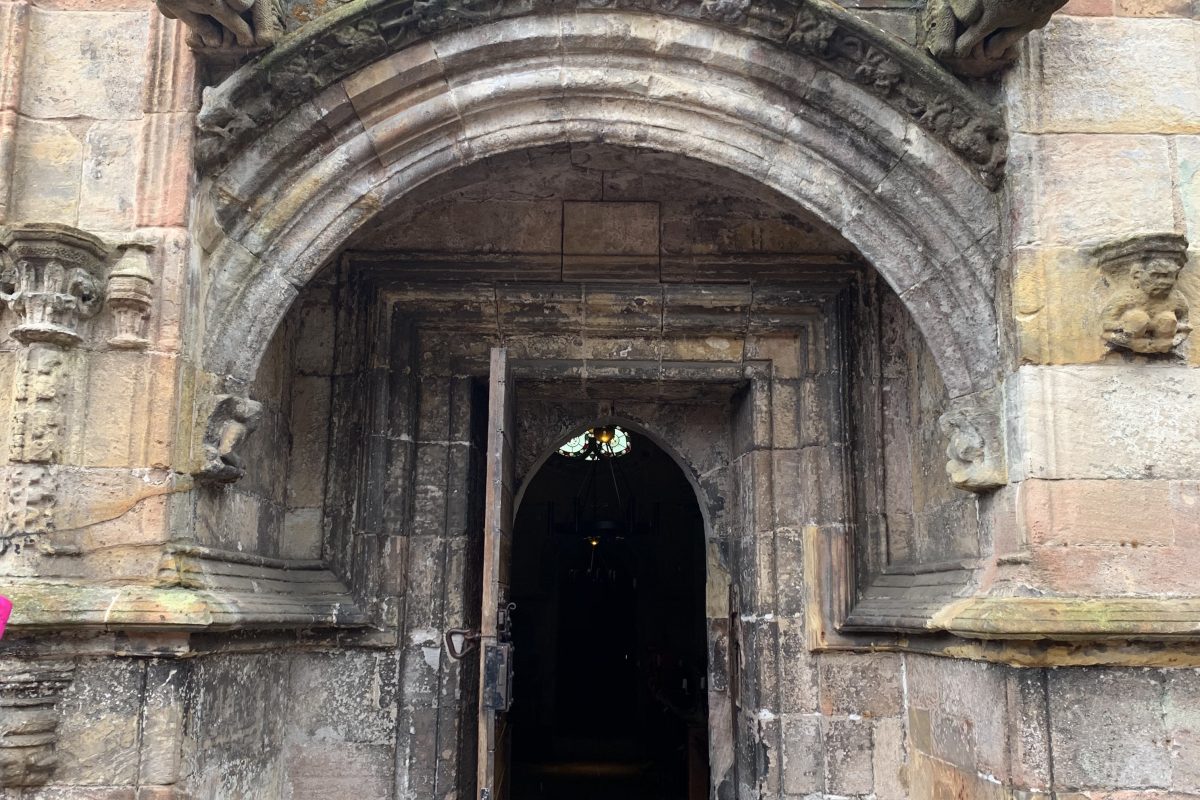
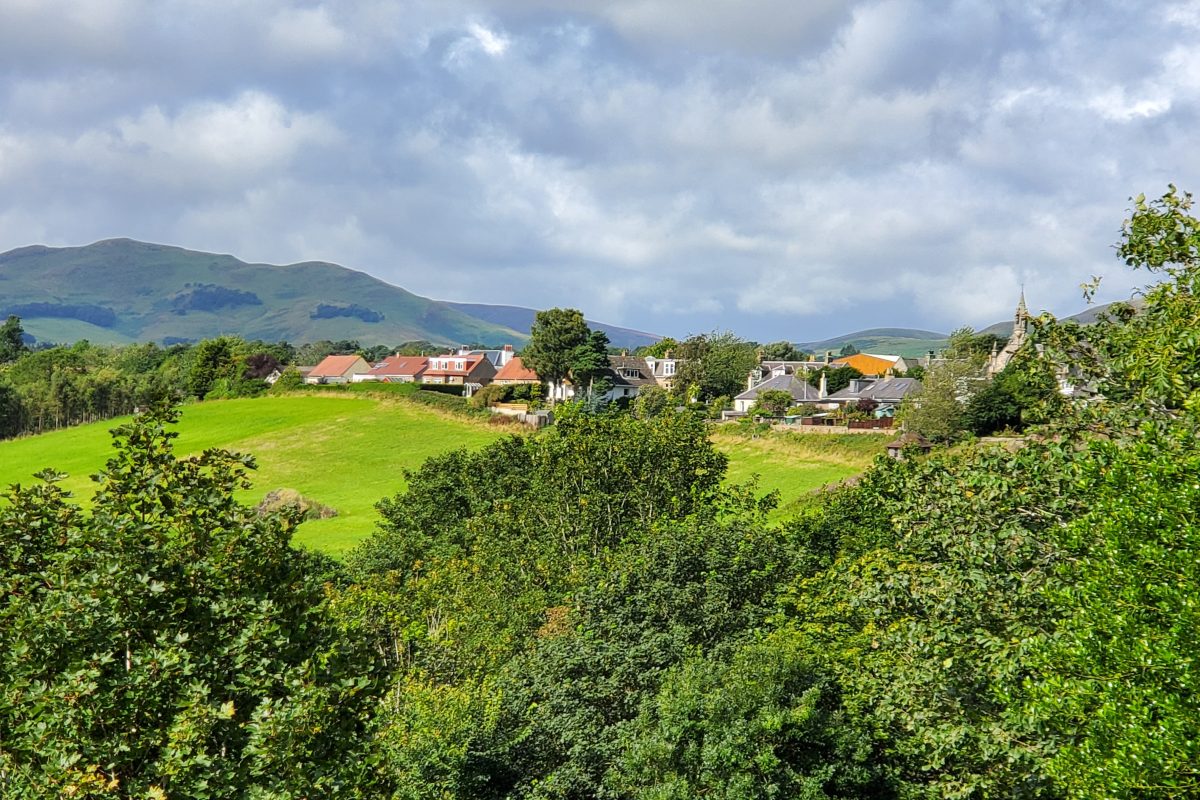
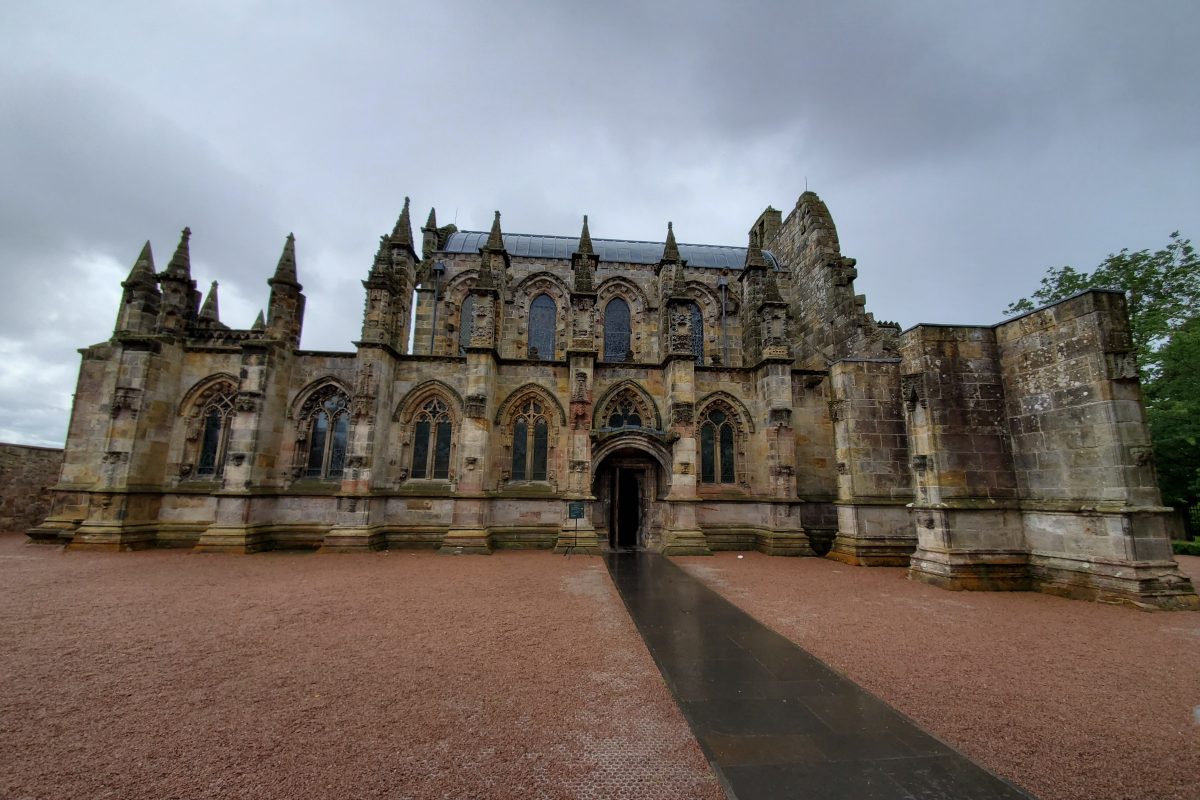
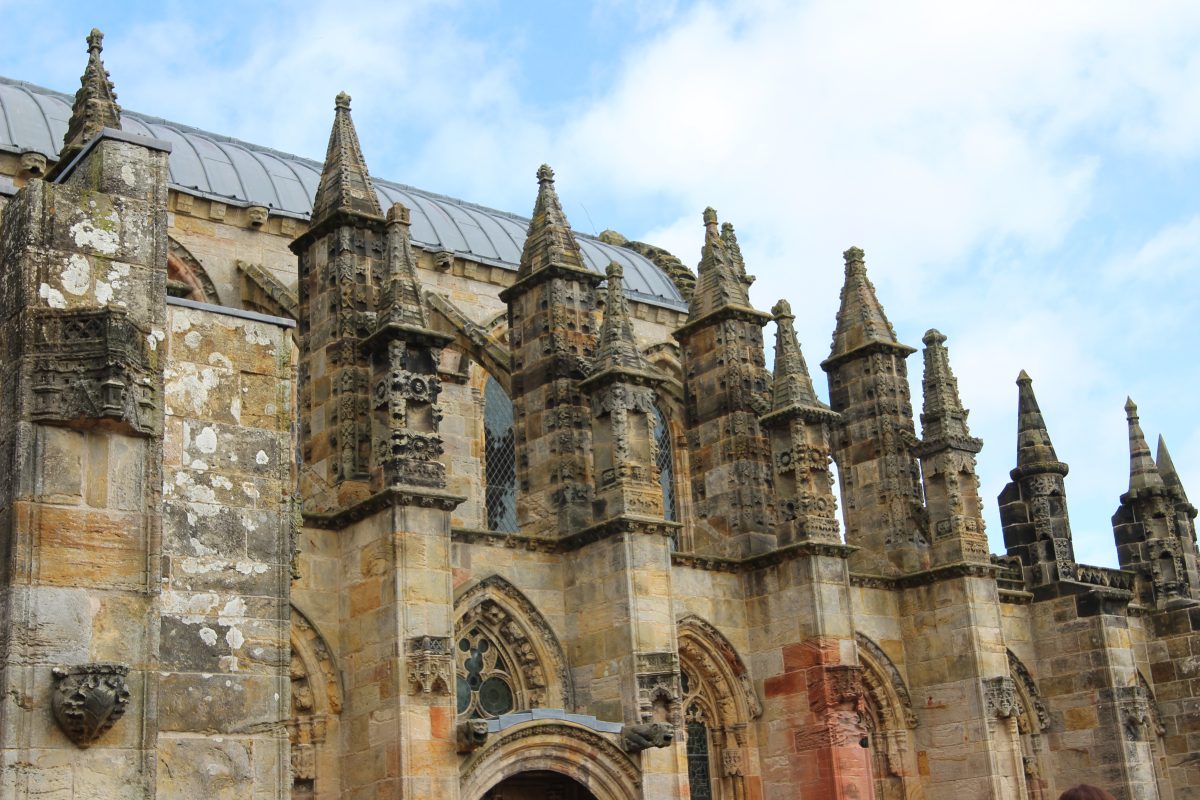
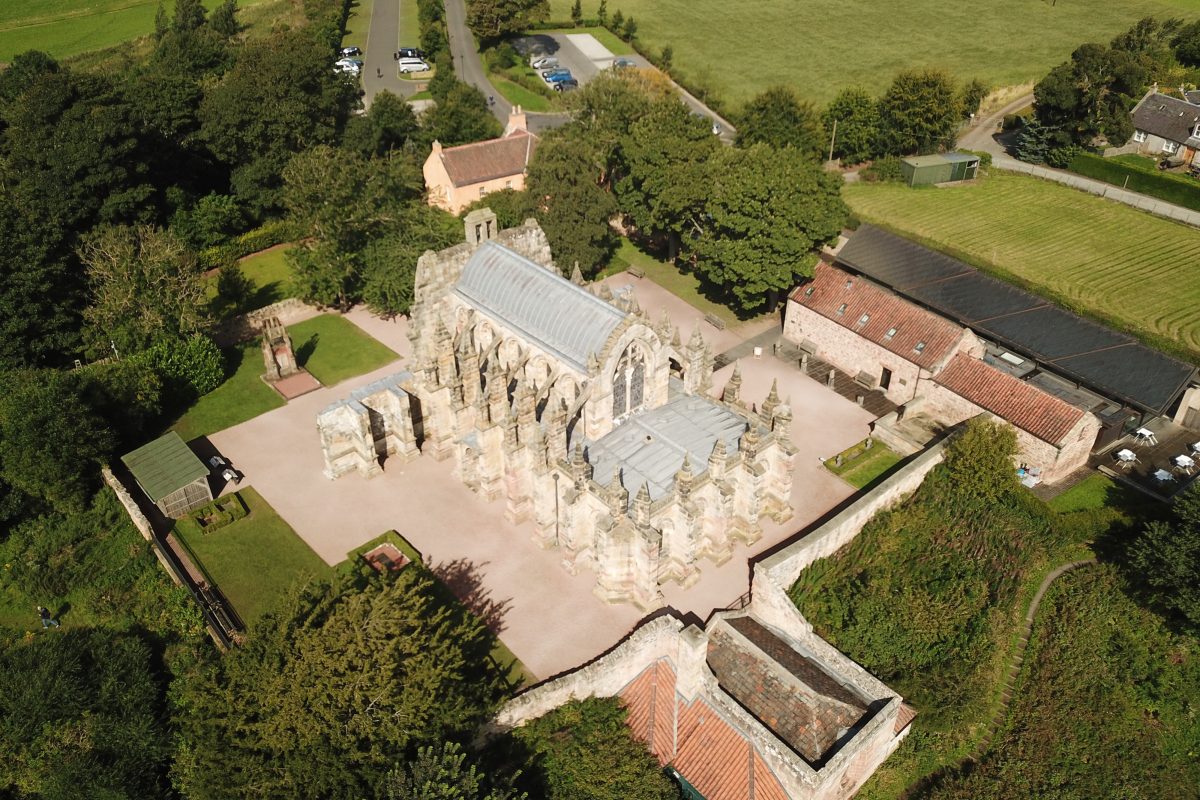
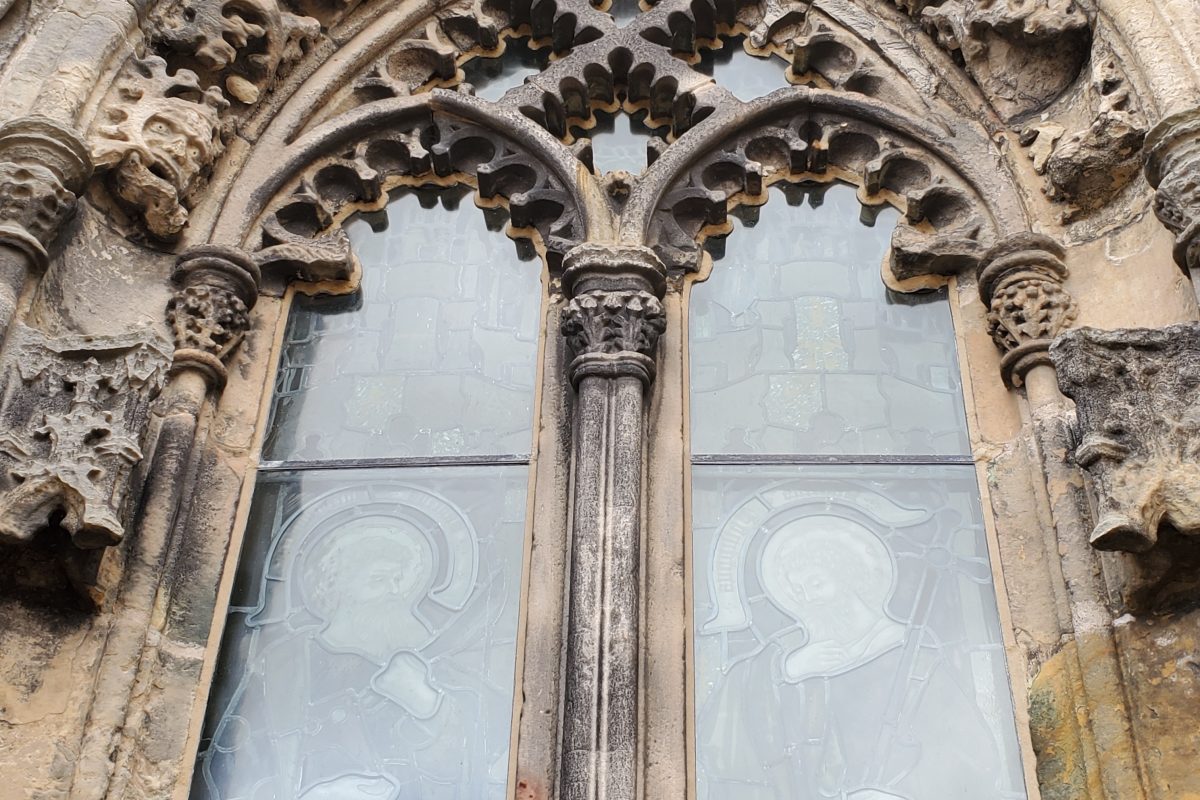
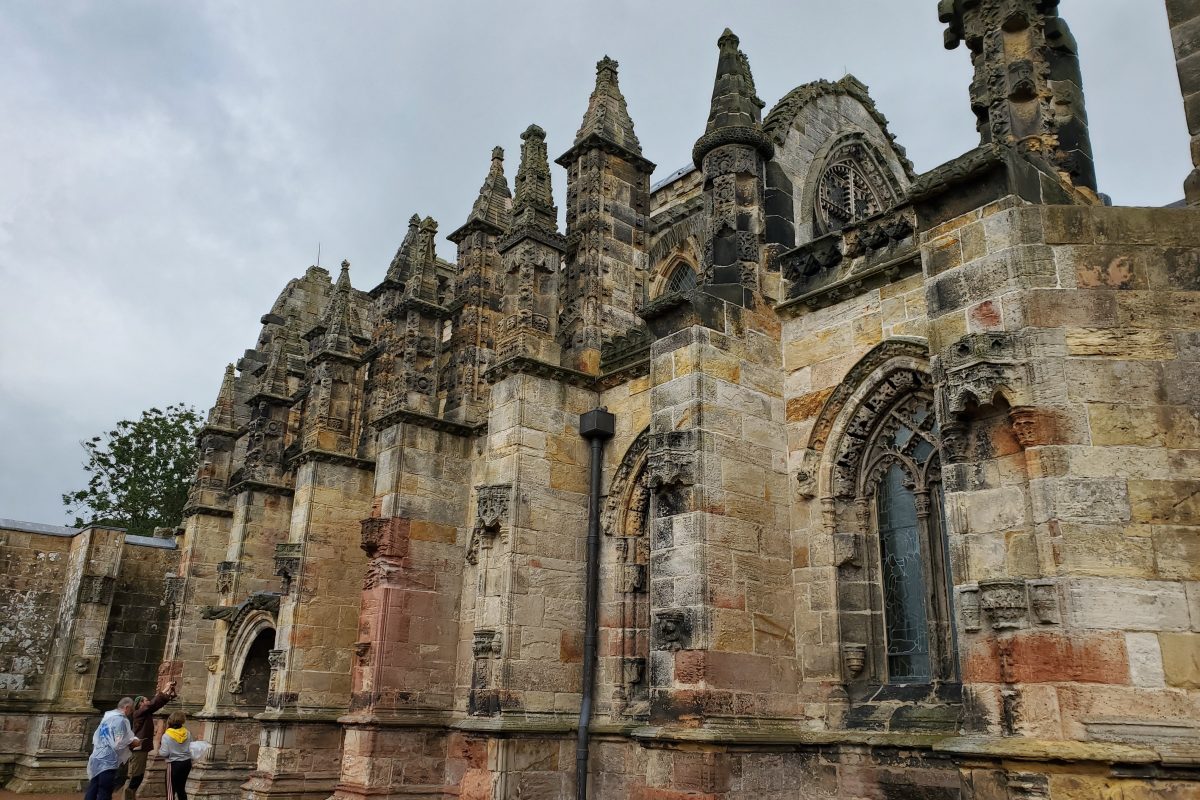
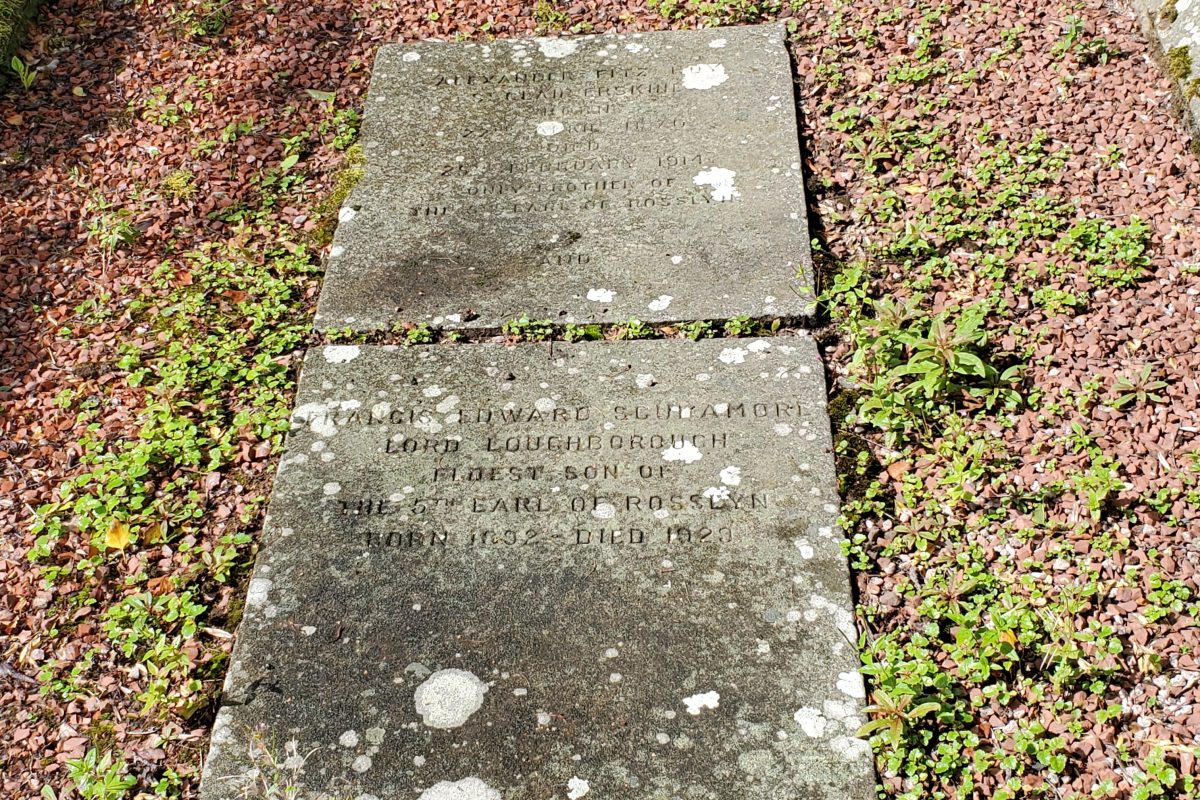
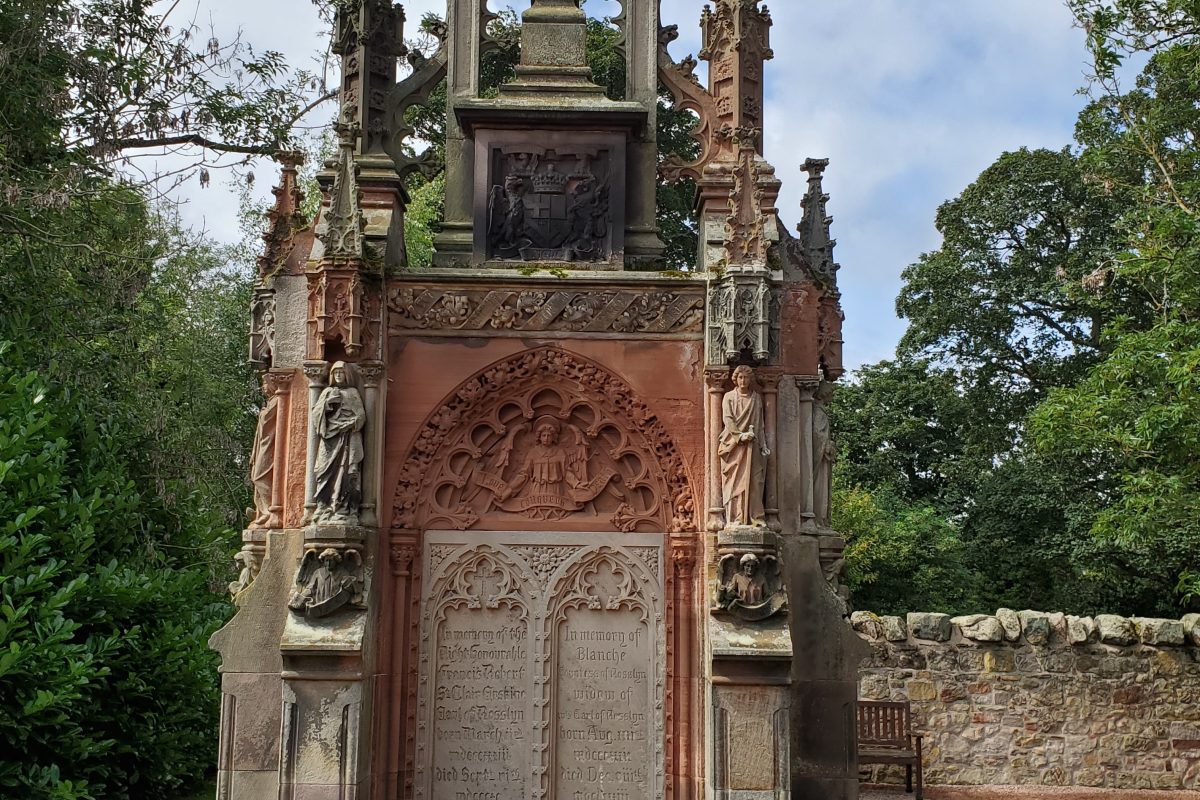
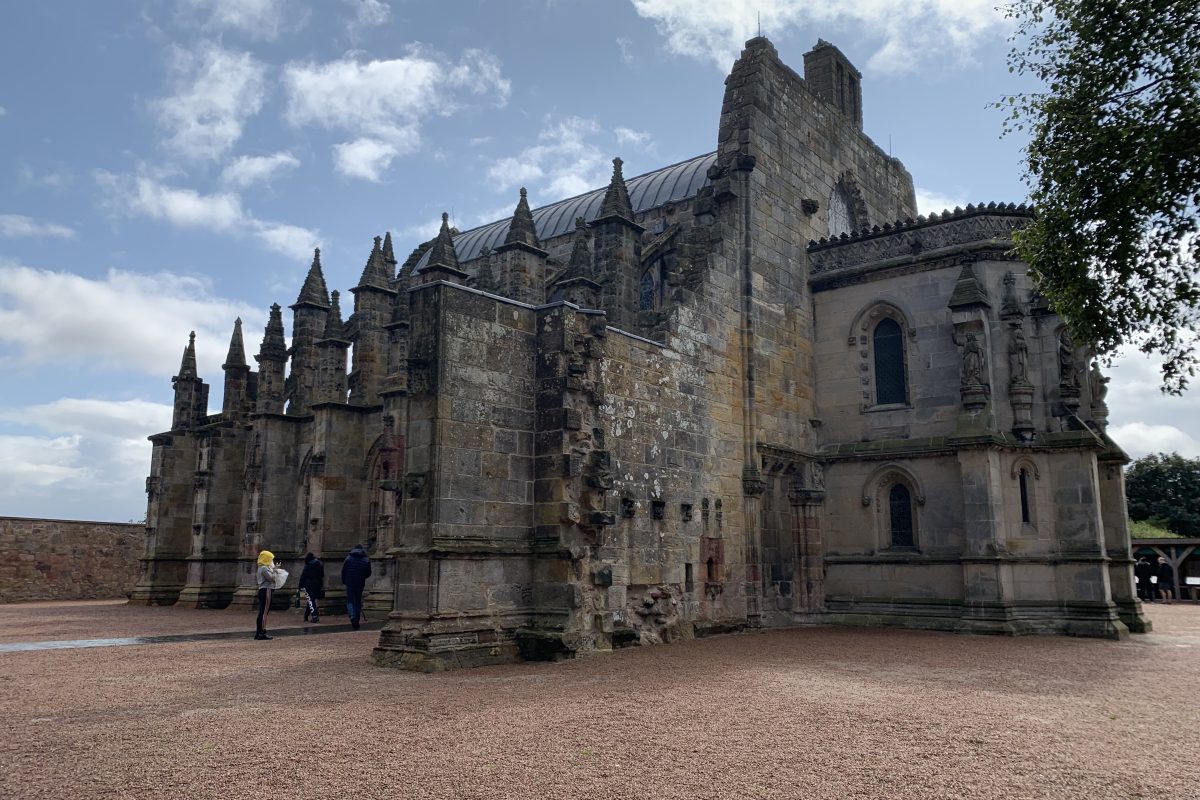
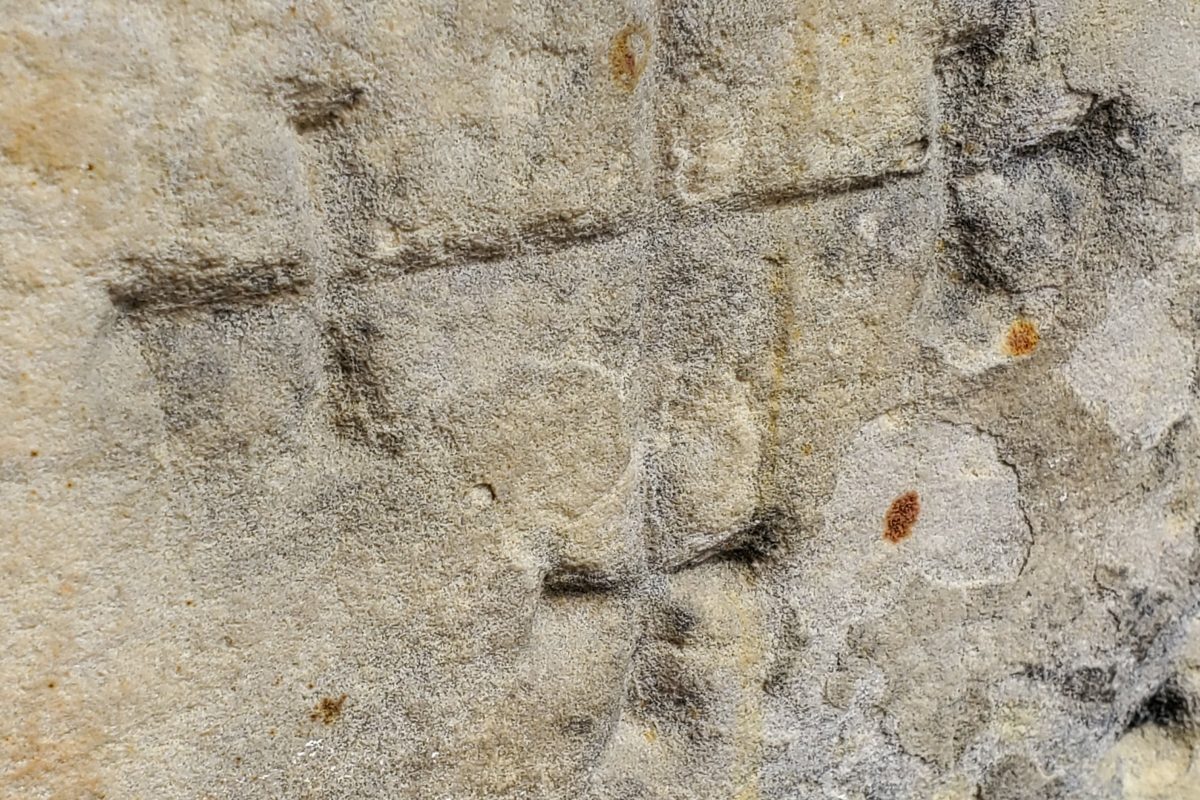
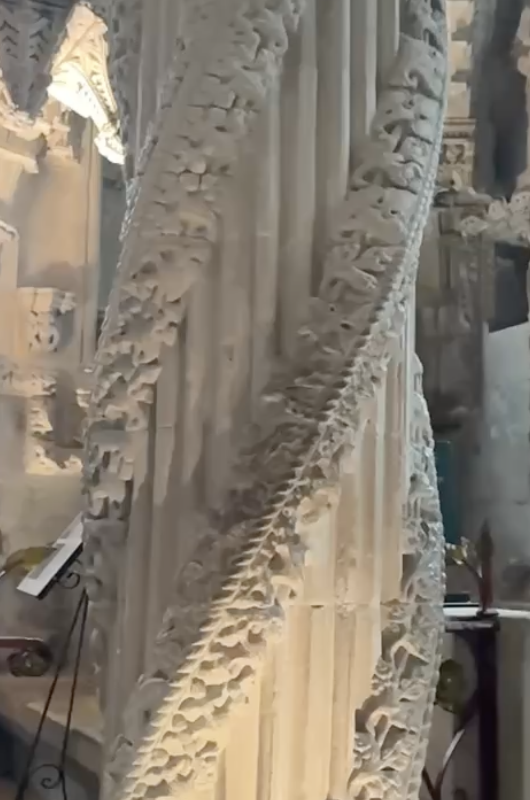
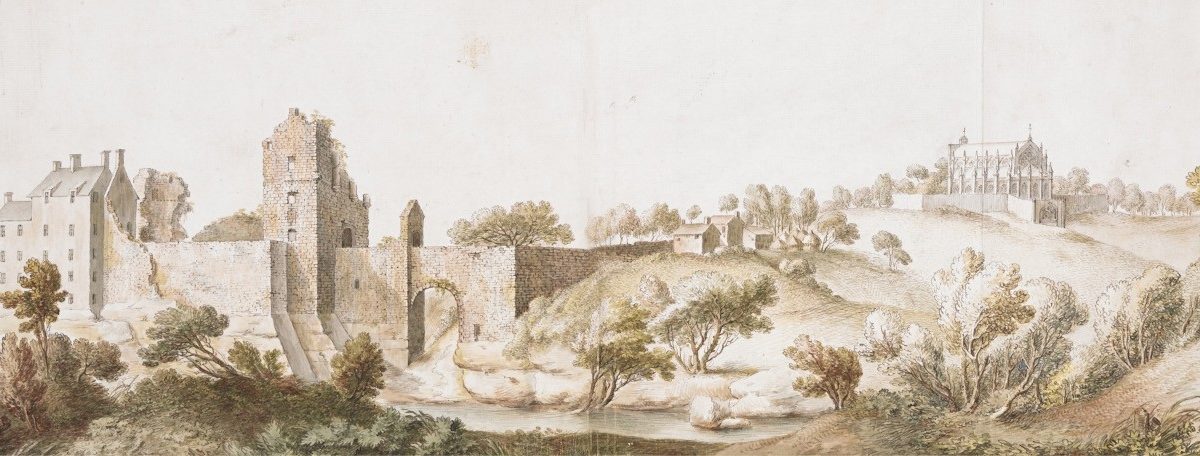
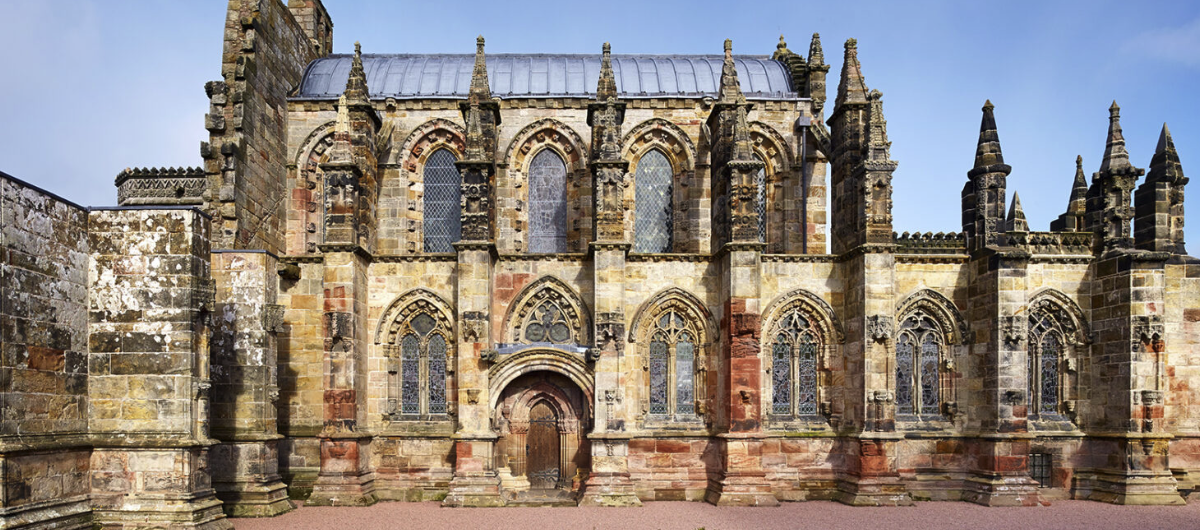
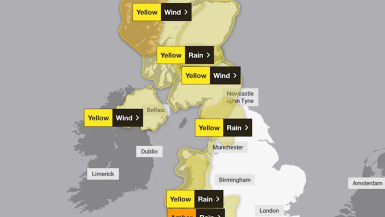


Leave a reply
You must be logged in to post a comment.